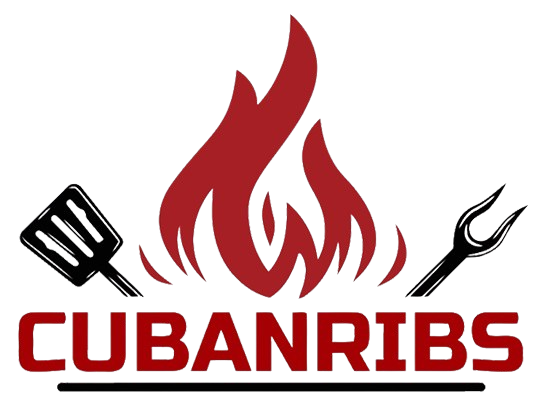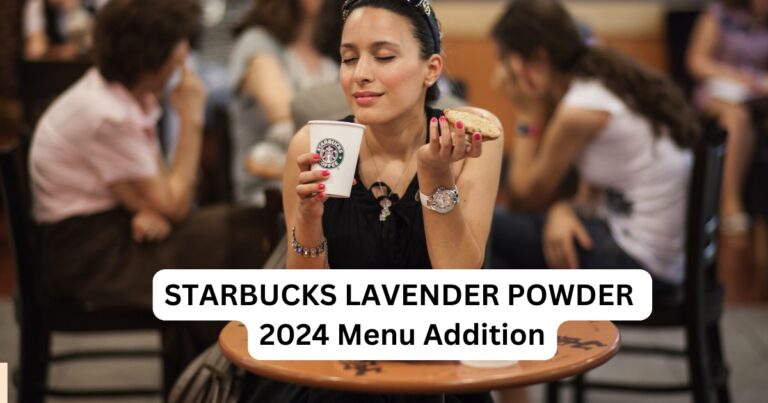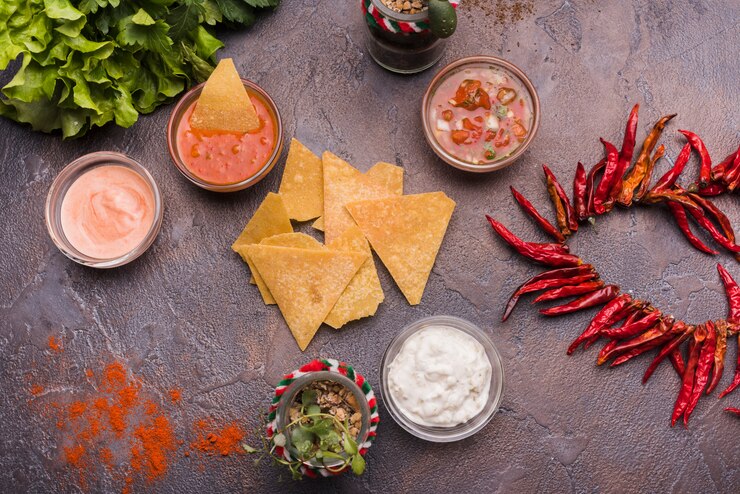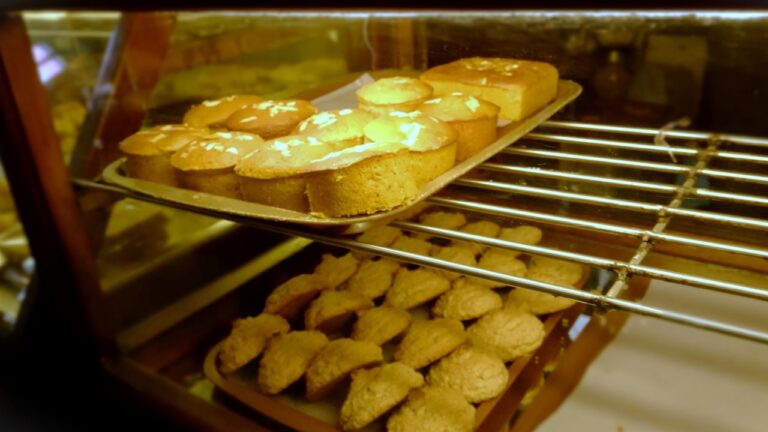Data Driven Menus: Using Predictive Analytics to Cut Waste and Boost Margins in Food Delivery Startups
New founders often compare launch week to surfing in a storm. Orders swell on cool nights, dip when a big match starts, then spike when late-night gamers log off their consoles. Stock too much and salad greens wilt before anyone taps “buy”. Stock too little and loyal users face an unwelcome “item unavailable” screen. Accurate forecasting feels like wizardry, yet it is really a numbers game that any lean team can master.
Early wins begin with the right technology stack. Many founders turn to delivery app development for food industry specialists because an off-the-shelf storefront rarely tracks the signals needed for smart prep. A purpose-built back end captures every tap, weather change and push-notification response, then feeds those streams into models that learn as the business grows.
Predictive analytics moves the conversation from “What do we think might sell?” to “What do the data say will sell in the next hour?” When that shift happens, waste drops, profit rises and riders spend less time waiting near empty.
Guesswork and Its Hidden Price Tag
Every tray scraped into the bin once drew cash from the balance sheet: purchase, chilling, prep labour, packaging and courier fuel. Industry surveys place average kitchen waste at roughly one fifth of fresh stock. Thin-margin ventures can sink fast at that burn rate, and the pain compounds whenever a disappointed customer posts a lukewarm review.
Guesswork also hurts procurement. Suppliers receive rushed calls, miss consolidation windows and attach extra fees. The result is a permanent state of reaction.
How Predictive Analytics Works in Practice
Unlike static reporting, predictive analytics looks forward. It applies statistical models to real-time feeds and returns a short-range forecast in minutes or hours.
What to Track First
- Order history. Items, quantities, modifiers and final ticket value
- Time markers. Weekday, fifteen-minute block, season and local holidays
- External context. Weather, traffic flow and public events
- User behaviour. Menu browsing, wish-listing and cart exits
Even a lightweight model built with these signals reveals patterns humans cannot juggle. Spicy soup sells best fifteen minutes after a temperature dip. Plant-based bowls lift when a nearby gym schedules an evening class. Each insight removes uncertainty.
Building a Starter Model
Export six months of order lines, pull free weather archives, then spin up a cloud notebook. Test a gradient-boost routine. If the first run trims forecast error by ten points, costs begin to fall on day one. Iterate monthly, drop noisy features and feed back fresh results.
A Lean Data Stack That Fits a Bootstrapped Budget
Chains manage sprawling warehouses. Startups thrive with lighter layers.
| Layer | Purpose | Budget-friendly choice |
| Collection | Capture orders and sensor pings | Serverless endpoint writing to object storage |
| Storage | Keep structured rows and raw logs | Low-cost table service plus blob bucket |
| Processing | Refresh the model each night | Auto-scaling cluster that sleeps when idle |
| Serving | Expose fast forecasts to the kitchen | Slim API queried by kitchen screens |
Monthly cloud spend often stays below two hundred dollars, less than the cash saved on spoiled produce.
READ MORE : Eco-Friendly Types of Drinking Straws | AnzhuCraft Sustainable Tableware
Where Data-Guided Menus Earn Their Keep
Tighter Purchasing Cycles
Procurement buys closer to real demand. Suppliers appreciate clear signals and may extend better payment terms. Capital that once sat in overstock now funds menu pilots or local ads.
Smart Pricing and Timely Promos
When the model predicts a lull, the app shows small incentives on soon-to-expire items. During peaks it highlights premium bundles rather than blanket coupons, so ticket value climbs without upsetting budget buyers.
Shorter Courier Routes
Demand heat maps guide riders to the next cluster before orders appear. Fewer empty miles mean quicker drop-offs, bigger driver earnings and stronger retention.
Quick-Start Plan for Founders
- Audit data. Export half a year of orders, clear duplicates and fix timestamps
- Pick one metric. Waste weight, refund count or average ticket value
- Build a proof. Train a small model in a free notebook and compare forecasts to reality for one week
- Add fast wins. Weather and public event feeds lift accuracy in a single day
- Close the loop. Send next-day results back into training so learning compounds
Teams often see measurable savings within the first quarter.
Field Note: Waste Down Thirty Percent in Three Months
A ghost-kitchen brand running three hubs followed this playbook last summer. They tagged each order with weather icons and local sports fixtures, then retrained nightly. End-of-shift leftovers fell right away. By month three waste volume had dropped by almost one third, substitution refunds slid into single digits and cooler space freed up for a fourth site.
Deployment wrapped in six weeks with help from Folio3 FoodTech. Their engineers wired data ingestion, automated model refresh and surfaced insights on a tablet dashboard, leaving the founders free to refine recipes and marketing funnels.
Choosing the Right Build Partner
Technology stacks matter, yet cultural fit matters more. A good vendor speaks the language of chefs as clearly as Python. They demo dashboards, lay out support terms and commit to a clean hand-off. End-to-end food logistics platforms save months of trial and error and support scale well beyond the first city.
The Road Ahead
Sensor prices drop each quarter while edge computing grows. Smart fridges will soon post live stock counts. Wearables could send anonymous movement bursts hinting at late-night cravings. Reinforcement learning will let menus adapt in real time, promoting dishes the moment early feedback signals a surge.
Regulators are drafting transparency rules that link tax incentives to waste reduction. Brands already tracking waste can share those numbers on digital receipts, turning sustainability into loyalty long before compliance deadlines arrive. In parallel, carbon-aware routing engines will feed courier apps, guiding drivers along routes that cut emissions without adding distance.
Conclusion
Predictive analytics does not replace culinary instinct or hospitality. It gives those instincts hard evidence and puts hospitality on a schedule that respects the customer’s time. Founders who once guessed at demand now start each shift with a prep list tuned to the next weather front and the next social trend. Cooks spend less time salvaging limp produce. Couriers run fewer empty miles. Customers open the app and actually find the dish that sparked their appetite.
Over the long haul a data-guided operation compounds small gains. Ten percent lower waste frees cash for two new menu tests each month. Faster drop-offs lift ratings, which raise organic installs, which lower acquisition cost. Investors notice a margin profile that looks less like food service and more like software. Most important, the kitchen crew sees their hard work translate into growth rather than garbage bags.







